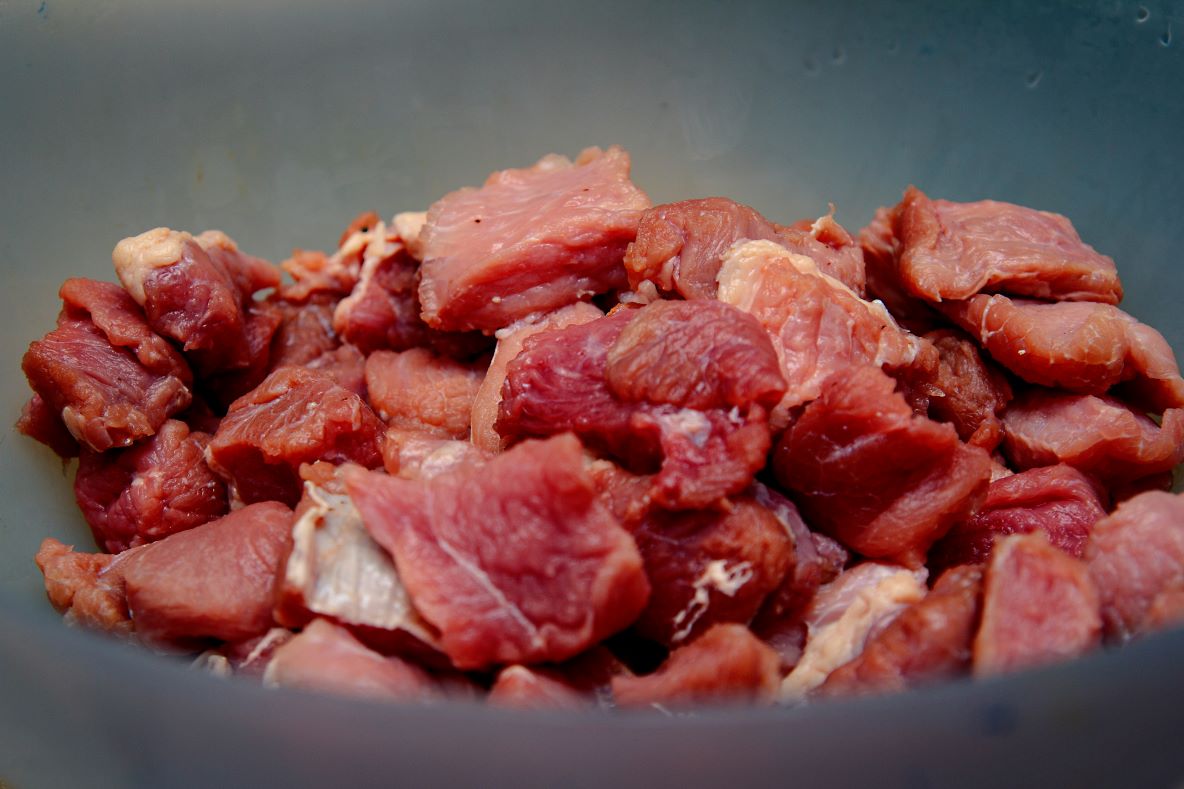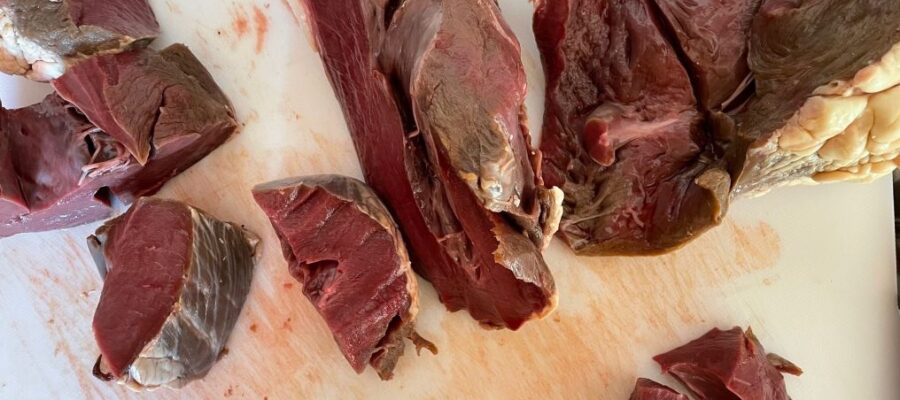
Is Iron Good for Dogs? The Vital Role of This Mineral
You know iron is important for your own health, but what about your dog? Iron plays a crucial role in canine health too! Let’s delve into the importance of iron for dogs, foods that are rich in iron, and signs of deficiency, the risks of excess iron, and how to ensure your dog gets the right amount.
The Power of Iron in Dogs
Iron is an essential mineral, meaning dogs must get it from their diet. Here’s why it matters:
- Oxygen Transport: Iron is a core component of hemoglobin, the protein in red blood cells that carries oxygen throughout the body.
- Energy Production: Iron is needed for cellular processes that generate energy.
- Growth & Development: Puppies need adequate iron to support rapid growth.
- Immune Function: Iron plays a role in a healthy immune system.
Nutritional Needs: How Much Iron Does a Dog Need?
The Association of American Feed Control Officials (AAFCO) recommends these minimum iron levels in dog food:
- Puppies: 80 mg/kg of dry matter food
- Adult Dogs: 80 mg/kg of dry matter food
Most high-quality commercial dog foods meet these requirements.
High-Iron Food Sources for Dogs
- Organ Meats: Liver (chicken, beef, lamb) is an iron powerhouse, but offer in small amounts due to its high vitamin A content. Other organ meats such as beef heart also have nutritional benefits including iron.
- Lean Red Meats: Beef, lamb, and venison are good sources of iron. Choose lean cuts and cook thoroughly.
- Fish: Sardines (packed in water), salmon, and tuna offer iron along with beneficial omega-3 fatty acids.
- Eggs: While not the richest iron source, eggs provide a decent amount alongside other nutrients. Serve cooked for best absorption and safety.
- Dark, Leafy Greens: Spinach, kale, celery, and other dark leafy greens contain iron, though absorption may be lower for dogs compared to meat sources.
- Lentils & Beans: Cooked lentils, kidney beans, and chickpeas offer iron and fiber. Introduce slowly to avoid digestive upset.
- Pumpkin Seeds: A surprisingly good source of iron, offer in moderation as a treat or ground into meals.
Could My Dog Have an Iron Deficiency?
Iron deficiency (anemia) is uncommon in healthy dogs on a balanced diet. However, some situations increase the risk:
- Blood Loss: Injuries, parasites like hookworms, or bleeding disorders can cause iron loss.
- Poor Diet: Low-quality food or homemade diets without careful planning.
- Health Conditions: Certain diseases can impair iron absorption or increase loss.
- Rapid Growth: Puppies sometimes need additional iron support.
Signs of Iron Deficiency in Dogs:
- Lethargy and Weakness
- Pale gums
- Poor appetite
- Stunted growth in puppies
- Increased susceptibility to infections
Dangers of Too Much Iron
Iron overload is a serious concern in dogs. Excess iron can be toxic, leading to:
- Organ Damage: Liver, heart, and other organs are susceptible
- Joint Problems: Iron deposits in joints can cause pain and arthritis.
- Bacterial Infections: Excess iron can fuel harmful bacterial growth
It’s crucial to avoid giving your dog iron supplements unless advised by a veterinarian.
FAQs: Iron and Your Dog
- Is it safe to give my dog iron supplements? NO! Only supplement under strict veterinary guidance.
- My dog accidentally ate my iron pills. What do I do? Call your vet or pet poison helpline immediately! Iron overdose is an emergency.
- Is red meat a good iron source for dogs? Yes, lean meats like beef and poultry offer iron. Offer them cooked in moderation.
How to Ensure Your Dog Gets Enough Iron
- Balanced Diet: Feed a high-quality commercial dog food formulated for your dog’s life stage.
- Vet Checkups: Regular exams help spot potential anemia early.
- Parasite Prevention: Protect your dog against worms and other parasites that can cause blood loss.
- Talk to Your Vet: Discuss any concerns about iron, especially if your dog has health conditions or specific dietary needs.
External Sources
- Iron-Deficiency Anemia in Dogs: https://www.merckvetmanual.com/dog-owners/blood-disorders-of-dogs/anemia-in-dogs (Merck Veterinary Manual)






